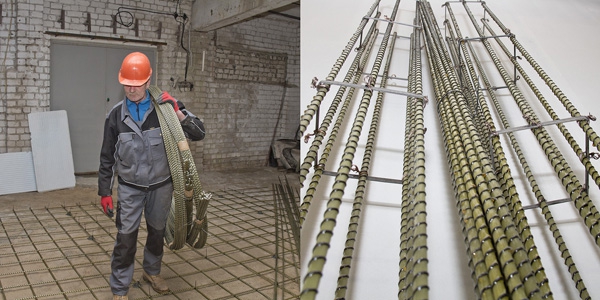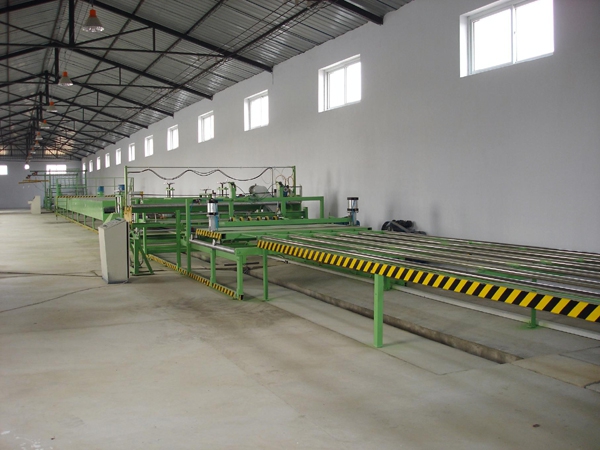This kind of building material, such as reinforcement, is necessary in most construction processes. Hence its steady popularity among consumers and stable production among manufacturers. There are two main types of products: metal and composite.
In this article, we will talk about non-metallic reinforcement - a less common form of building materials. How is the manufacturing process going, what types of raw materials are needed? What equipment for the production of composite reinforcement should be used? We will try to answer all these questions together.

Reason for low popularity
Non-metallic reinforcement is a new product in the domestic market, although throughout the world it has long been widely used. The main reason for the reduced demand is the high price of products. To organize a successful business, you need an expensive line for the production of composite reinforcement and expensive raw materials.
The world's leading developers do not stop trying to improve the technology in order to reduce the cost of manufacturing non-metallic products. It is likely that in the near future the situation will change for the better, and the Russian market will receive practical and cheap building material.
What you need to produce a competitive product
The technological process for the production of reinforcement from a polymer material is significantly different from traditional metal rods. For its successful implementation, the presence and clear interaction of three components is necessary:
- uninterrupted supply of high-quality and cheap raw materials;
- production workshops with a sufficient area that meets sanitary and technical standards;
- high-quality machines for the production of composite fittings that meet all technological requirements.
Particular importance is given to linear equipment. The volume of products, the level of technical characteristics, and ultimately the cost of the finished product, depend on its configuration and well-functioning work.
Stages of the conveyor line
Plastic reinforcement is a non-metal rod with spiral ribs. It consists of glass, carbon or basalt fibers bonded to each other by quick-drying synthetic resins.
Organosilicon, phenol-aldehyde or epoxy resins act as a connecting element. In order to increase the wear resistance and improve the anti-corrosion properties of the material reinforcement, epoxyphenolic polymers can be used.
The technological process can be divided into several sections, on each of which certain complexes or units are involved. The line for the production of composite fittings begins with the supply of roving (fiberglass) through a heating device to a specially equipped bathtub. Here, the dried yarn is impregnated with a binder and passed through a squeezing device.

With the help of a wrapper, a core profile is formed, around which a thread is formed, forming a relief. Upon entering the thermal chamber, the polymerization of the rod occurs. At the outlet, the finished fittings are dried, cooled, and then trimmed or wound on a drum.
The composition of the linear equipment
Automated technological conveyor is not very difficult to maintain. To control all processes on it, two people are enough. Linear equipment for the production of composite reinforcement includes the following units:
- pulling device;
- a machine for unwinding roving threads;
- a device for impregnating threads and fibers with resin;
- the device forming the profile and twisting of the thread;
- impregnation bath;
- thermal polymerization chamber;
- cooling device;
- winding drum or cutting wheel.
We buy machines

In order to reduce the initial costs during the establishment of a business, you can buy equipment for the production of composite fittings that has already been in use. In this case, it is very important from the very beginning to correctly install and set up the line. In addition, regular prevention methods should be applied to all nodes and assemblies. To ensure the smooth operation of the production conveyor, no violations of the technology should be allowed.
Having established stable production of composite reinforcement and having mastered sales markets, you can think about buying the next line. The choice of new equipment should be approached carefully. Having carefully studied all the proposals, preference should be given to those manufacturers who have established themselves on the construction equipment market only on the positive side.
The imperfection of primary technology and the high cost of raw materials for a long time did not allow an innovative product to compete adequately with steel reinforcement. Today's situation inspires hope for a quick turnaround. Improved technology and lower costs for raw materials can make composite reinforcement not only affordable, but also more profitable. This is especially true in connection with the constant increase in prices for metal products.

